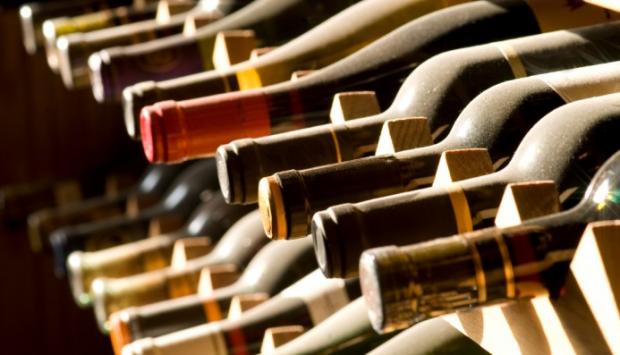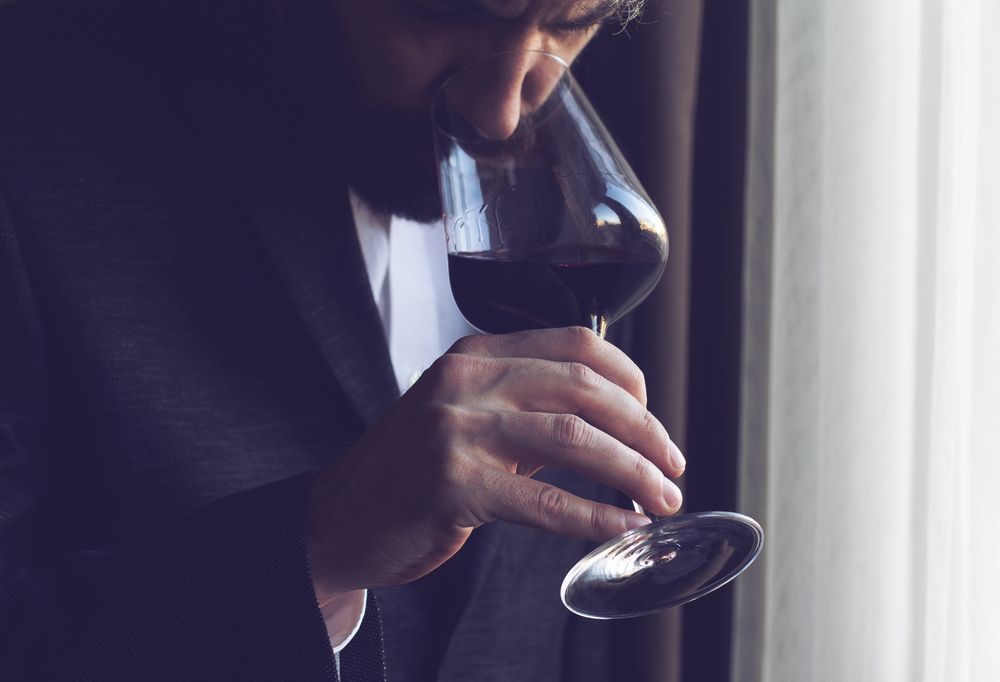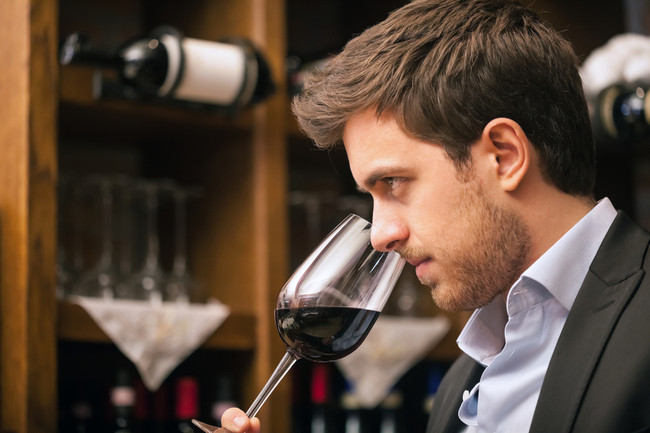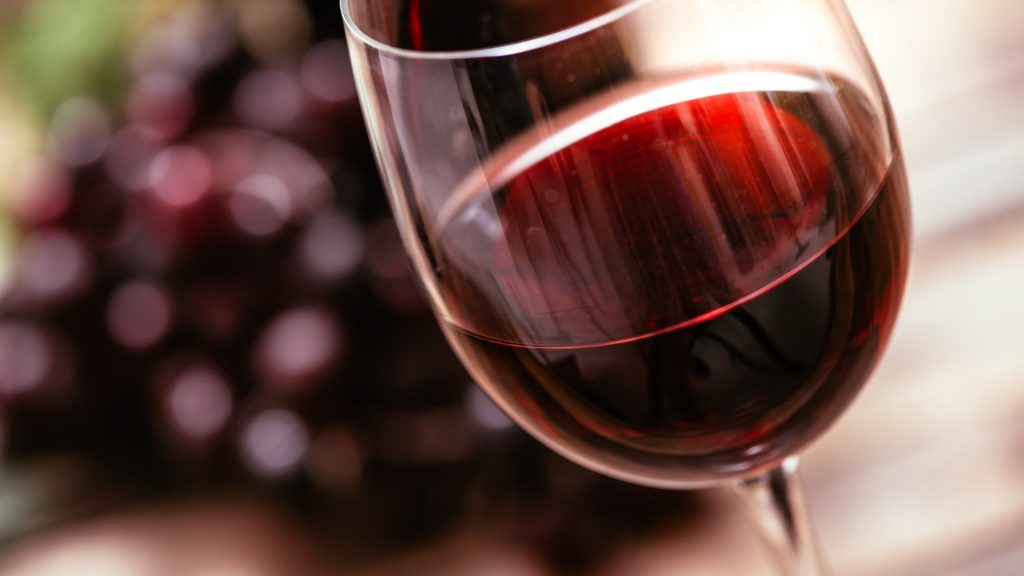Wine tastings, what they are and what types there are
Good afternoon everyone! Today at Venerable Capital, specialists in marketing and distribution of alcohol and tobacco, we bring you a very curious blog about wine tastings. If you want to learn more about what wine tastings are and what types of tastings exist, this article is made for you.
What are wine tastings?
Today most wineries include tastings in their activity programs to encourage wine lovers to look beyond a simple drink. It has always been said that tastings are made for wine professionals, but this is really just a myth. Wine is to be enjoyed and tastings are one way to do it, whether you are a true expert in the world of wine or a beginner.
Tasting a wine is subjecting it to our senses, in particular taste and smell, to determine its quality. However, sight also plays a very important role, therefore the glasses to use for tasting are transparent and colorless, to appreciate their color and shine.
In the case of wine professionals, the tasting consists in tasting the different types of wines to appreciate their qualities and score them according to their impressions. There are also tastings for clients or fans, in which the main objective is to enjoy the wine and not score it.
How many types of tastings are there?
Within the world of tastings, we can distinguish several modalities since not all have the same way of proceeding. In this way, we have three types of tastings:
- Vertical: the same brand of wine is tasted but from different vintages, always starting with the most recent vintage.
- Horizontal: in this case, different wines are studied but belonging to the same vintage and designation of origin.
- Blind: it is the one in which different wines are tasted without having received any type of prior information.

How do you taste a wine?
The purpose of a wine tasting is to sensorily analyze the wine to explore its characteristics and properties. For this reason, the tasting must be carried out in a place that has good lighting and without odors, with good ventilation and a median temperature, so that there are no external factors that distort the taster’s assessments.
Wine must be analyzed based on three questions:
- Visual test: the first thing the taster should do is smell the cork to get an idea of what the wine is like. It is served in the glass tilted about 45º, always on a white background to appreciate the color and brightness. The color of the wine will give us an idea of its age. If it is bright and cherry-colored, it will be young; while if it has a more garnet tone, it will be an older wine.
- Olfactory test: the taster must smell the wine to appreciate the aromas of the grape. Then, the glass is moved and smelt again to distinguish the odors that result after fermentation. A new stirring is made to be able to appreciate the so-called bouquet, which are those smells that develop during the aging of the wine.
- Taste test: we taste the wine with a small sip to get a first impression of it. We must take the sip to one side and the other of the tongue to be able to appreciate the four basic flavors. After this step, we determine the texture. It is important to know that the wine should not be swallowed so that the taster does not get drunk with the different wines.

That’s all for today! From Venerable Capital, specialists in marketing and distribution of alcohol and tobacco, we hope you liked this post about what wine tastings are and what types exist, and that you enjoy a wine tasting at least once in your life. Until next time!






